Home>diy>Building & Construction>What Are Construction Tools
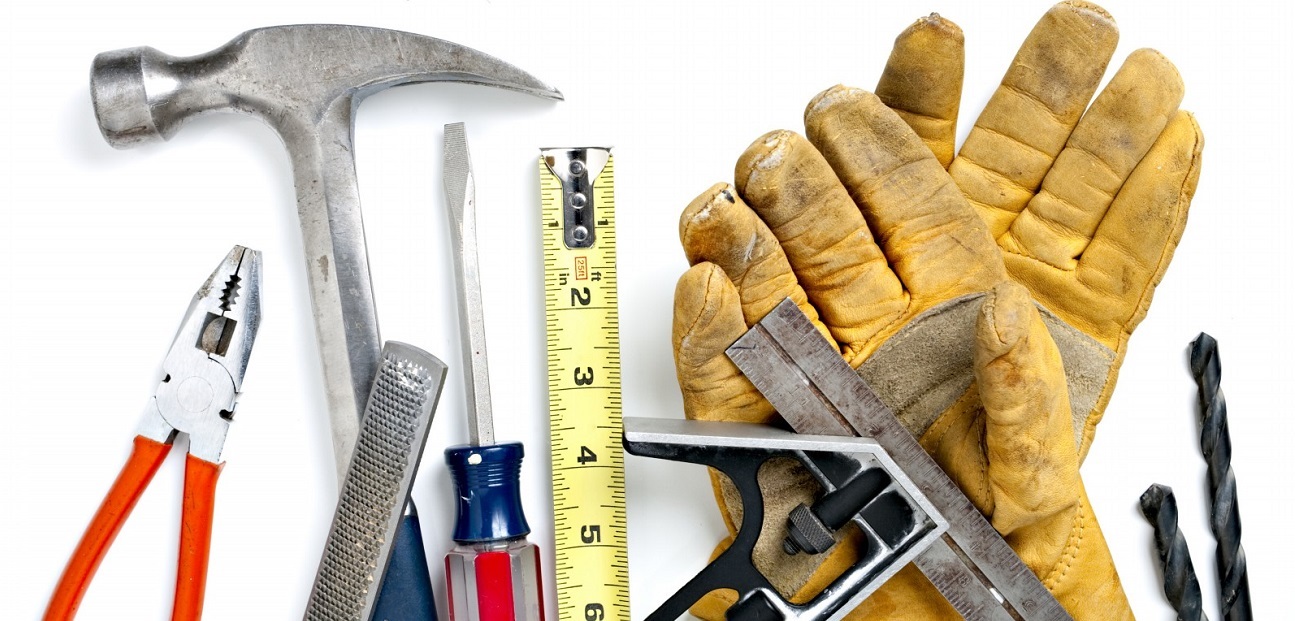

Building & Construction
What Are Construction Tools
Modified: May 6, 2024
Looking to learn about building construction? Discover the essential construction tools and equipment needed for any construction project.
(Many of the links in this article redirect to a specific reviewed product. Your purchase of these products through affiliate links helps to generate commission for Storables.com, at no extra cost. Learn more)
Introduction
In the world of construction, having the right tools is essential for the success of any project. From small renovation jobs to large-scale building constructions, the use of proper tools ensures efficiency, accuracy, and ultimately, the safety of the workers. Construction tools can be categorized into various types, each serving a specific purpose in the construction process.
In this article, we will delve into the different categories of construction tools, giving you a comprehensive understanding of their significance and functionality. Whether you are a seasoned contractor, a DIY enthusiast, or simply curious about the world of construction, this article will be your guide to the essential tools used in building projects.
So, let’s jump right in and explore the world of construction tools!
Key Takeaways:
- Construction tools, from hand tools to safety equipment, are essential for efficiency, precision, and safety in building projects. Each tool serves a specific purpose, contributing to the success and quality of construction endeavors.
- The right tools, including power tools, measuring tools, and lifting equipment, are crucial for the productivity and safety of construction projects. Utilizing the appropriate tools ensures accuracy, efficiency, and a well-executed final result.
Read also: 13 Best Construction Tools For 2024
Hand Tools
Hand tools are the most basic and essential tools found in every construction worker’s toolbox. These tools are operated manually and are designed to be held and used by hand. They are versatile, portable, and suitable for a wide range of construction tasks. Here are some common hand tools used in construction:
- Hammer: The hammer is a versatile tool used for driving nails, straightening materials, and demolishing structures. It is typically made of a metal head attached to a handle. Hammers come in various sizes and weights to suit different tasks.
- Screwdriver: Screwdrivers are used to tighten or loosen screws. They come in different shapes and sizes, with flathead and Phillips head screwdrivers being the most common. A good set of screwdrivers is a must-have for any construction project.
- Pliers: Pliers are used for gripping, bending, and cutting wire or other materials. They have two handles with jaws that can be adjusted to fit different sizes of objects. Pliers come in various types including needle-nose pliers, lineman’s pliers, and diagonal pliers.
- Wrench: Wrenches are used to tighten or loosen nuts, bolts, and other fasteners. They come in different sizes and types, such as adjustable wrenches, socket wrenches, and pipe wrenches. Having a set of wrenches is essential for various construction and maintenance tasks.
- Level: A level is a tool used to ensure that a surface is horizontal (level) or vertical (plumb). It consists of a long, straight edge with a bubble vial filled with liquid and an air bubble. When the bubble is centered between the lines in the vial, the surface is level or plumb.
- Tape Measure: A tape measure is a flexible ruler used to measure distances. It is typically made of a metal strip with measurements marked on it. Tape measures come in different lengths and are indispensable for accurate measurement of materials and dimensions.
These are just a few examples of hand tools commonly used in construction. Other hand tools include chisels, saws, utility knives, wrenches, and more. The choice of hand tools depends on the specific task at hand and the preferences of the construction professional.
Having a comprehensive set of hand tools is crucial for any construction project, whether it is a small home improvement task or a large-scale building construction. These tools provide the foundation for a successful and efficient construction process.
Power Tools
Power tools are essential in modern construction projects, as they provide increased efficiency and productivity compared to traditional hand tools. These tools are powered by electricity, compressed air, or fuel, and are capable of performing a wide range of tasks quickly and with less effort. Here are some common power tools used in construction:
- Drill: A drill is a versatile power tool used for drilling holes and driving screws. It consists of a motor that rotates a drill bit to create holes in various materials, including wood, metal, and concrete. Drills come in different sizes and types, such as corded drills and cordless drills.
- Saw: Power saws come in various types, including circular saws, reciprocating saws, and jigsaws. They are used for cutting through different materials, such as wood, metal, and plastics. Power saws offer more precision and power compared to hand saws, making them ideal for large-scale cutting projects.
- Nail Gun: A nail gun, also known as a nailer, is a power tool used for driving nails into wood or other materials. Nail guns come in different types, such as brad nailers, finish nailers, and framing nailers. They provide quick and efficient fastening, saving time and effort in construction tasks.
- Rotary Tool: A rotary tool, such as a Dremel, is a versatile handheld power tool used for various tasks like cutting, grinding, sanding, and polishing. It is equipped with a small rotating tip or blade that can be interchanged based on the desired application. Rotary tools are invaluable for detailed and intricate work.
- Sander: Power sanders are used for smoothing surfaces by removing material through abrasion. They come in different types, including orbital sanders, belt sanders, and detail sanders. Power sanders are more efficient and provide a smoother finish compared to manual sanding, saving time and effort.
- Router: A router is a power tool used for shaping and hollowing out areas in wood or other materials. It can be used to create decorative edges, cut grooves, or make joinery cuts. Routers are versatile and allow for precise and intricate designs in woodworking and cabinetry.
These are just a few examples of power tools commonly used in construction. Other power tools include angle grinders, air compressors, welding machines, and concrete mixers. The choice of power tools depends on the specific construction task and the preferences of the construction professional.
Power tools not only save time and effort but also increase productivity and accuracy in construction projects. However, it is important to use them with caution and follow safety guidelines to avoid accidents and injuries. Proper training and understanding of each power tool’s specifications and operation are essential for safe and effective usage.
Measuring Tools
In construction, accurate measurements are critical for ensuring precise and level surfaces, proper fitting of materials, and overall structural integrity. Measuring tools are essential for taking accurate measurements and maintaining consistency throughout the construction process. Here are some common measuring tools used in construction:
- Tape Measure: A tape measure is a flexible ruler that is ideal for measuring distances. It consists of a long strip of metal or fabric with measurements marked on it. Tape measures come in different lengths, such as 25 feet or 50 feet, and have both imperial and metric measurements.
- Level: A level is a tool used to determine the evenness or accuracy of a surface. It consists of a body with a bubble vial filled with liquid and an air bubble. When the bubble is centered between the lines in the vial, the surface is level. Levels come in different lengths, such as 2 feet or 4 feet, and can be used for horizontal or vertical measurements.
- Square: A square is a measuring tool used to check if an angle is precisely 90 degrees. It consists of a ruler with a handle or a triangle-shaped tool. Squares are essential for ensuring straight and perpendicular lines during construction.
- Protractor: A protractor is a measuring tool used to measure angles. It consists of a circular or semicircular tool with degree markings. Protractors are crucial in construction for measuring and marking angles accurately.
- Calipers: Calipers are precision measuring tools used to measure the distance between two opposing sides of an object. They come in various types, such as vernier calipers or digital calipers. Calipers are essential for precise measurements of dimensions and clearances.
- Laser Level: A laser level is a high-precision tool that emits a laser beam to provide a level or plumb reference line. It is used for alignment and leveling tasks, such as installing cabinets, laying tiles, or hanging pictures. Laser levels offer accuracy and efficiency in measuring and aligning construction elements.
These are just a few examples of measuring tools commonly used in construction. Other measuring tools include measuring tapes, rulers, spirit levels, and combination squares. The choice of measuring tools depends on the specific measurement requirements of the construction project. It is essential to choose measuring tools that are accurate, reliable, and suitable for the intended application.
Using measuring tools correctly and regularly verifying their accuracy is crucial for maintaining precision and quality in construction. Construction professionals should also be familiar with different measurement units, such as inches, feet, meters, and centimeters, to ensure accurate measurements and consistency throughout the project.
Cutting Tools
Cutting tools are essential in construction for shaping, trimming, and removing materials during the building process. They enable precise and efficient cutting, allowing construction professionals to achieve the desired dimensions and shapes. Here are some common cutting tools used in construction:
- Circular Saw: A circular saw is a power tool that uses a rotating circular blade to make straight cuts through various materials, such as wood, metal, and plastics. It is commonly used for cutting large sheets or boards into smaller pieces. Circular saws come in different sizes and have adjustable cutting depths.
- Miter Saw: A miter saw, also known as a chop saw, is a power tool used for making accurate angled crosscuts. It has a circular blade mounted on a pivoting arm, allowing the user to make precise cuts at different angles. Miter saws are commonly used for cutting molding, trim, and other woodworking applications.
- Jigsaw: A jigsaw is a versatile power tool used for cutting intricate curves, shapes, and patterns. It has a thin, reciprocating blade that moves up and down rapidly to make cuts. Jigsaws are commonly used for cutting wood, plastic, and thin metals, and are ideal for tasks like cutting out openings for doors and windows.
- Reciprocating Saw: A reciprocating saw, also known as a Sawzall, is a power tool designed for demolition and rough-cutting tasks. It has a straight, reciprocating blade that moves back and forth rapidly to make rough cuts through materials. Reciprocating saws are commonly used for cutting through pipes, nails, and thick branches.
- Hacksaw: A hacksaw is a hand tool consisting of a fine-toothed blade held in a frame. It is primarily used for cutting through metal pipes, bars, and bolts. Hacksaws are portable and versatile tools that allow for controlled and precise cuts.
- Bolt Cutter: A bolt cutter is a heavy-duty cutting tool used for cutting through thick metal objects, such as bolts, chains, and wire mesh. It has long handles and powerful jaws that exert tremendous force to cut through tough materials. Bolt cutters are commonly used in construction, fencing, and metalworking.
These are just a few examples of cutting tools commonly used in construction. Other cutting tools include hand saws, utility knives, angle grinders, and tile cutters. The choice of cutting tools depends on the specific cutting requirements of the construction project and the materials being worked with.
It is crucial to use cutting tools safely and follow proper techniques to prevent accidents and injuries. Construction professionals should wear appropriate personal protective equipment (PPE) and ensure the tools are in good working condition before using them. Regular maintenance and sharpening of blades are also important for optimal cutting performance.
Read more: What Is Pre-Construction In Construction
Digging Tools
Digging tools are essential in construction for excavating, moving, and manipulating soil and other materials. They allow construction professionals to create foundations, trenches, and landscaping features. Here are some common digging tools used in construction:
- Shovel: A shovel is a handheld tool with a broad, flat blade and a long handle. It is used for digging, scooping, and transferring soil, sand, gravel, and other loose materials. Shovels come in different types, such as square point shovels for digging and round point shovels for moving materials.
- Spade: A spade is a digging tool similar to a shovel but with a sharper, narrower, and flatter blade. It is ideal for creating precise trenches, edging, and planting holes. Spades are commonly used for landscaping and working in tight spaces where a shovel may be too bulky.
- Trenching Shovel: A trenching shovel, or trenching tool, is a specialized shovel with a long, narrow blade. It is designed for digging narrow, deep trenches, such as for laying pipes or cables. Trenching shovels often have a V-shaped blade to facilitate digging and shaping trenches.
- Pickaxe: A pickaxe, also known as a pick or mattock, is a heavy-duty tool with a pointed end and a flat blade on the other end. It is used for breaking up compacted soil, rocks, and concrete. Pickaxes are commonly used in construction for excavation and demolition tasks.
- Post Hole Digger: A post hole digger is a tool specifically designed for digging deep, narrow holes for fence posts, sign posts, and other vertical structures. It consists of two long handles with sharp, shovel-like blades at the bottom that dig into the ground and remove soil with each squeeze of the handles.
- Auger: An auger is a power tool used for drilling holes in the ground. It consists of a rotating helical screw blade that moves soil out of the hole as it rotates. Augers come in different sizes and are commonly used for digging holes for fence posts, tree planting, and soil sampling.
These are just a few examples of digging tools commonly used in construction. Other digging tools include digging bars, hand trowels, trenching machines, and backhoes. The choice of digging tools depends on the scale of the project, the type of soil, and the depth and width of the required excavation.
When using digging tools, it is essential to follow proper safety guidelines and precautions. Construction professionals should be aware of underground utilities and use caution to avoid damaging them. Additionally, wearing appropriate protective gear, such as gloves and safety boots, is advised to prevent injuries during digging operations.
Always wear appropriate safety gear when using construction tools, including gloves, goggles, and a hard hat. This will help protect you from potential accidents and injuries on the job site.
Lifting and Moving Tools
Lifting and moving tools are crucial in construction for handling heavy materials, equipment, and structures. They enable construction professionals to safely transport and position objects, reducing the risk of injuries and facilitating efficient work. Here are some common lifting and moving tools used in construction:
- Forklift: A forklift is a powered industrial truck equipped with forks that can be raised and lowered. It is used for lifting and moving heavy materials and pallets. Forklifts come in various sizes and configurations, and they are commonly used in warehouses, construction sites, and manufacturing facilities.
- Cranes: Cranes are large, tower-like structures equipped with cables and pulleys for lifting and moving heavy loads. They can be stationary or mobile. Cranes are used for tasks such as hoisting steel beams, lifting concrete panels, and installing heavy machinery or equipment.
- Pallet Jack: A pallet jack, also known as a pallet truck, is a small manual or electric tool used for moving pallets and heavy loads horizontally. It consists of forks that slide underneath the pallet, allowing it to be lifted and moved with ease. Pallet jacks are commonly used in warehouses and construction sites.
- Dolly: A dolly, or hand truck, is a wheeled platform or cart used for transporting heavy objects. It typically has two handles and either two or four wheels. Dollies are versatile tools used for moving furniture, appliances, and construction materials over short distances.
- Hoists: Hoists are mechanical devices used for lifting and suspending heavy loads. They can be manual or powered. Hoists are commonly used in construction for tasks like lifting heavy machinery or materials, installing HVAC systems, and hoisting building components during assembly.
- Ratchet Straps: Ratchet straps, also known as tie-down straps, are used for securing and immobilizing objects during transport. They consist of a strap with a ratchet mechanism that tightens the strap when operated. Ratchet straps are commonly used in construction to secure loads on trucks or trailers.
These are just a few examples of lifting and moving tools commonly used in construction. Other tools and equipment include gantry cranes, chain hoists, scissor lifts, and conveyor systems. The choice of lifting and moving tools depends on the weight and type of objects being handled, as well as the specific needs and requirements of the construction project.
When using lifting and moving tools, it is crucial to follow proper safety procedures and guidelines. Construction professionals should be trained in the proper operation of these tools and equipment, ensuring that loads are properly secured and that there is clear communication among team members involved in the lifting and moving operations.
Fastening Tools
Fastening tools are essential in construction for securely joining materials together. They allow construction professionals to create strong and durable connections, ensuring the structural integrity of buildings and other structures. Here are some common fastening tools used in construction:
- Hammer: Hammers have a dual role in construction, as they are not only used for driving nails but also for removing them. They come in a variety of sizes and weights, allowing construction professionals to choose the right hammer for the specific task and material.
- Screwdriver: Screwdrivers are used for driving screws into materials such as wood or metal. They come in various types and sizes, with different heads to accommodate different screw types. Common types include flathead, Phillips head, and Torx head screwdrivers.
- Power Drill: Power drills are versatile tools that can be used for both drilling holes and driving screws. They have adjustable speed settings and can accommodate various drill bits and screwdriver bits. Power drills can be corded or cordless, providing flexibility and convenience.
- Nail Gun: Nail guns, also known as nailers, are power tools that use compressed air or electricity to drive nails into materials. They can significantly speed up the fastening process and are commonly used in framing, roofing, and carpentry tasks.
- Staple Gun: Staple guns are designed to drive staples into materials, providing a secure and reliable fastening method. They are commonly used in upholstery, carpeting, and general construction tasks that require fastening fabric or thin materials.
- Riveter: Riveters are tools used to fasten metal or plastic components together using rivets. They come in different types, including hand-held riveters and pneumatic riveters. Rivets create a permanent and vibration-resistant connection, making them ideal for applications such as sheet metal fabrication and construction.
- Nut and Bolt: A nut and bolt set is a common fastening method used in construction. Nuts are threaded components that screw onto bolts, creating a secure connection. Wrenches or socket sets are typically used to tighten nuts and bolts to the desired torque.
These are just a few examples of fastening tools commonly used in construction. Other fastening tools include screw guns, clamp tools, adhesive applicators, and stud finders. The choice of fastening tools depends on the specific task, the materials being joined, and the desired level of fastening strength and integrity.
When using fastening tools, it is important to follow the manufacturer’s guidelines and best practices to ensure safe and effective use. Proper training in tool operation and proper selection of fasteners are also key considerations for achieving reliable and secure connections in construction projects.
Painting and Finishing Tools
Painting and finishing tools are crucial in construction for achieving a polished and professional look. These tools enable construction professionals to apply paint, varnish, or other finishing materials smoothly and evenly, ensuring a high-quality final result. Here are some common painting and finishing tools used in construction:
- Paint Brushes: Paint brushes are essential tools for applying paint to surfaces. They come in various sizes and types, including bristle brushes for oil-based paints and synthetic brushes for water-based paints. Paint brushes are versatile and can be used for detailed work and broad strokes.
- Paint Rollers: Paint rollers consist of a handle and a cylindrical foam or fabric roller cover. They are used for quickly covering large areas with paint. Paint rollers are ideal for applying paint to walls, ceilings, and other flat surfaces, providing a smooth and consistent finish.
- Spray Gun: A spray gun is a tool that uses pressurized air or gas to atomize paint or other finishes and create a fine spray. Spray guns allow for efficient and even application, especially on large surfaces or intricate details. They are commonly used in professional painting and refinishing projects.
- Paint Sprayer: Similar to spray guns, paint sprayers are power tools used for applying paint or other coatings. They can cover large areas quickly and evenly, making them ideal for exterior painting or large-scale projects. Paint sprayers come in different types, such as airless sprayers and HVLP (high-volume, low-pressure) sprayers.
- Putty Knife: A putty knife, also known as a scraper or spatula, is a flat, thin tool used for applying and smoothing putty, epoxy, or other fillers. It is also used for scraping off old paint or wallpaper. Putty knives come in various sizes and are essential for achieving a smooth and even surface in preparation for painting or finishing.
- Sanding Tools: Sanding tools, such as sandpaper or sanding blocks, are used to smooth rough surfaces, remove paint or finish, and prepare surfaces for painting or staining. Sanding tools come in different grits, from coarse to fine, and are essential for achieving a smooth and polished finish.
- Masking Tape and Drop Cloths: Masking tape is used to protect surfaces from paint or finishing materials. It provides clean paint lines and prevents unintentional smudging or bleeding. Drop cloths, on the other hand, are used to protect floors, furniture, and other surfaces from paint splatters or spills.
These are just a few examples of painting and finishing tools commonly used in construction. Other tools include paint trays, extension poles, edging tools, and texturing tools. The choice of tools depends on the specific project requirements, the surface being finished, and the desired finish quality.
Using the right painting and finishing tools, along with proper preparation and application techniques, can greatly enhance the appearance and longevity of a construction project. It is important to follow painting and finishing instructions, maintain clean tools, and practice safety precautions when working with paint and finishing materials.
Read also: 14 Unbelievable Construction Screws For 2024
Safety Tools and Equipment
Ensuring the safety of construction workers is of utmost importance in any construction project. Safety tools and equipment play a vital role in preventing accidents, minimizing injuries, and maintaining a safe working environment. Here are some common safety tools and equipment used in construction:
- Hard Hat: A hard hat is a must-have safety tool in construction. It protects the head from falling objects, overhead hazards, and impacts. Hard hats are made of a sturdy outer shell with a suspension system inside to absorb shock and provide a comfortable fit.
- Safety Glasses: Safety glasses shield the eyes from flying debris, dust, and other small particles. They protect against the risk of eye injuries caused by tools, materials, or hazardous substances. Safety glasses may have impact-resistant lenses and side shields for additional protection.
- Ear Protection: Ear protection, such as earplugs or earmuffs, helps prevent hearing damage from loud noises on construction sites, including heavy machinery, power tools, and construction equipment. It is essential to use proper ear protection to reduce the risk of noise-induced hearing loss.
- Respirator: Respirators protect workers from inhaling harmful substances, such as dust, fumes, gases, or airborne particles. They come in different types, including particulate respirators and chemical respirators, and are essential for tasks that involve hazardous materials or areas with poor air quality.
- Safety Gloves: Safety gloves protect the hands from cuts, abrasions, chemicals, and other hazards. Different types of gloves are available, including cut-resistant gloves, chemical-resistant gloves, and heat-resistant gloves. Choosing the right gloves depends on the specific task and the potential hazards involved.
- Safety Harness and Fall Protection: For work at heights or on elevated platforms, safety harnesses and fall protection equipment are crucial. They include harnesses, lanyards, and anchor points designed to prevent falls and protect workers from serious injuries. Fall protection should be used as per safety regulations and guidelines.
- High-Visibility Clothing: High-visibility clothing, such as safety vests, jackets, and shirts, are worn to enhance visibility on construction sites. They allow workers to be easily seen by others, including equipment operators, minimizing the risk of accidents and improving overall safety.
- Fire Extinguisher: Fire extinguishers are essential in case of fires on construction sites. They help contain small fires and prevent them from spreading. Fire extinguishers should be easily accessible and regularly inspected and maintained according to safety regulations.
- First Aid Kit: A well-stocked first aid kit should be readily available on construction sites. It should contain essential supplies, such as bandages, sterile dressings, antiseptic wipes, and basic medical tools, to provide immediate treatment for minor injuries or to stabilize a serious injury until professional help arrives.
These are just a few examples of safety tools and equipment commonly used in construction. Other safety tools include safety shoes or boots, safety cones or barriers, safety signage, and fire alarms. The choice of safety tools and equipment depends on the specific hazards and risks present on the construction site.
It is important for construction professionals to prioritize safety and adhere to proper safety practices and regulations. Regular training, risk assessments, and proper use of safety tools and equipment can greatly reduce the risk of accidents and injuries, ensuring a safe and healthy work environment for everyone involved in the construction project.
Conclusion
In the world of construction, having the right tools is paramount for the success of any project. From hand tools to power tools, measuring tools to cutting tools, and lifting tools to safety equipment, each tool serves a specific purpose in the construction process.
Hand tools, such as hammers, screwdrivers, and pliers, are the backbone of any construction project, providing versatility and precision for various tasks. Power tools, such as drills, saws, and nail guns, offer enhanced efficiency and productivity, making them essential for large-scale construction projects.
Accurate measurements are crucial in construction, and measuring tools like tape measures, levels, and squares ensure precise dimensions and level surfaces. Cutting tools, such as circular saws, jigsaws, and bolt cutters, enable construction professionals to shape and manipulate materials to fit the project’s requirements.
Digging tools, including shovels, spades, and pickaxes, are essential for excavating and moving soil, while lifting and moving tools like forklifts, cranes, and pallet jacks facilitate the safe transport of heavy materials and equipment.
Fastening tools, such as hammers, screwdrivers, and nail guns, create secure connections between materials, ensuring the structural integrity of the construction project. Painting and finishing tools, such as brushes, rollers, and sprayers, deliver a polished and professional look to surfaces.
Lastly, safety tools and equipment, including hard hats, safety glasses, and fall protection, are indispensable in maintaining a safe work environment and preventing accidents and injuries.
In conclusion, the importance of having the right tools cannot be overstated in construction. Each tool fulfills a specific purpose and contributes to the overall success and quality of the project. By utilizing the appropriate tools and equipment, construction professionals can ensure efficiency, accuracy, and safety throughout the construction process, ultimately leading to a successful and well-executed project.
Now that you're familiar with the essential construction tools, why not refine your toolkit even further? Discovering which tools can make your projects more efficient and streamlined is key. For a deep dive into electric screwdrivers, drills, and saws that can transform your building experience, don't miss our insightful guide on power tools. Whether you're a seasoned builder or just starting out, finding the right equipment can elevate your craftsmanship to the next level.
Frequently Asked Questions about What Are Construction Tools
Was this page helpful?
At Storables.com, we guarantee accurate and reliable information. Our content, validated by Expert Board Contributors, is crafted following stringent Editorial Policies. We're committed to providing you with well-researched, expert-backed insights for all your informational needs.

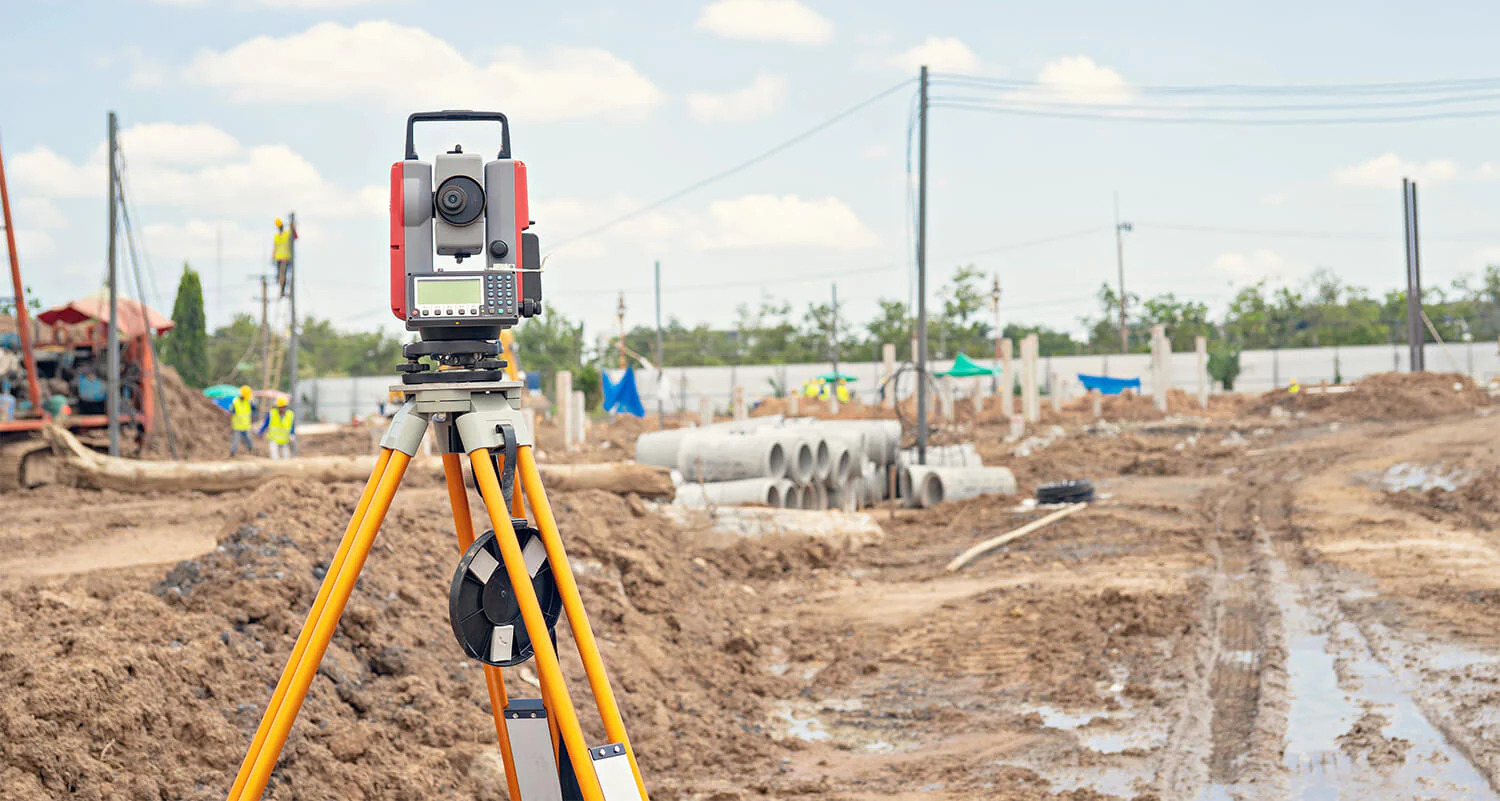

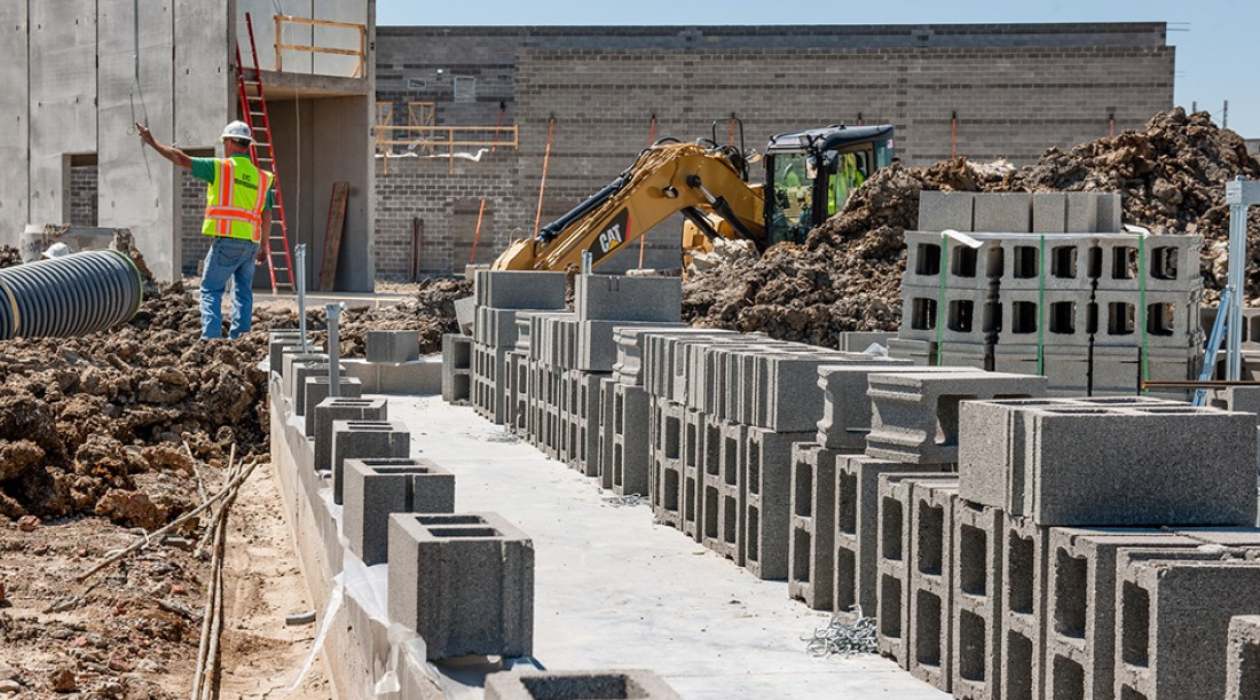
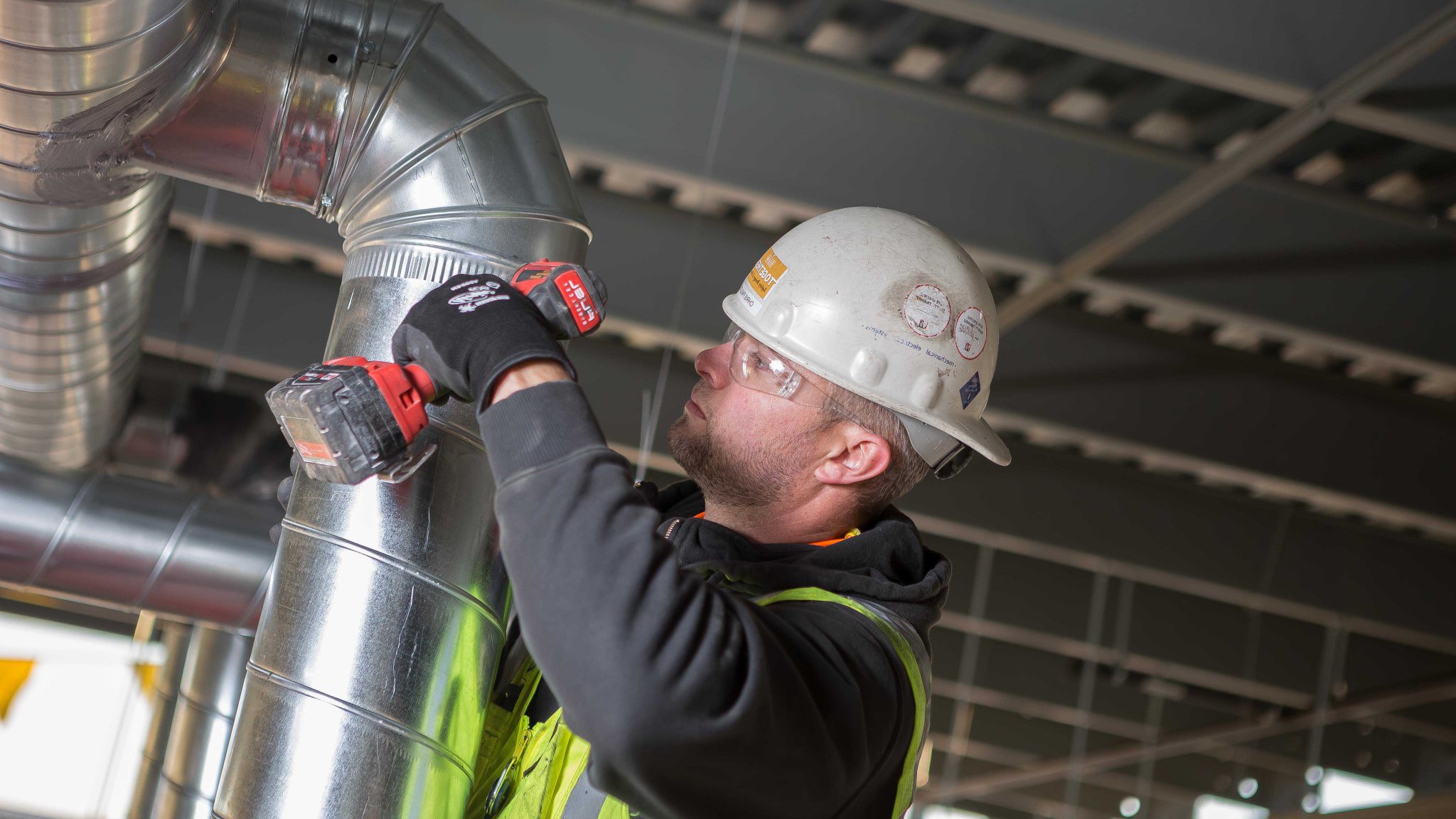
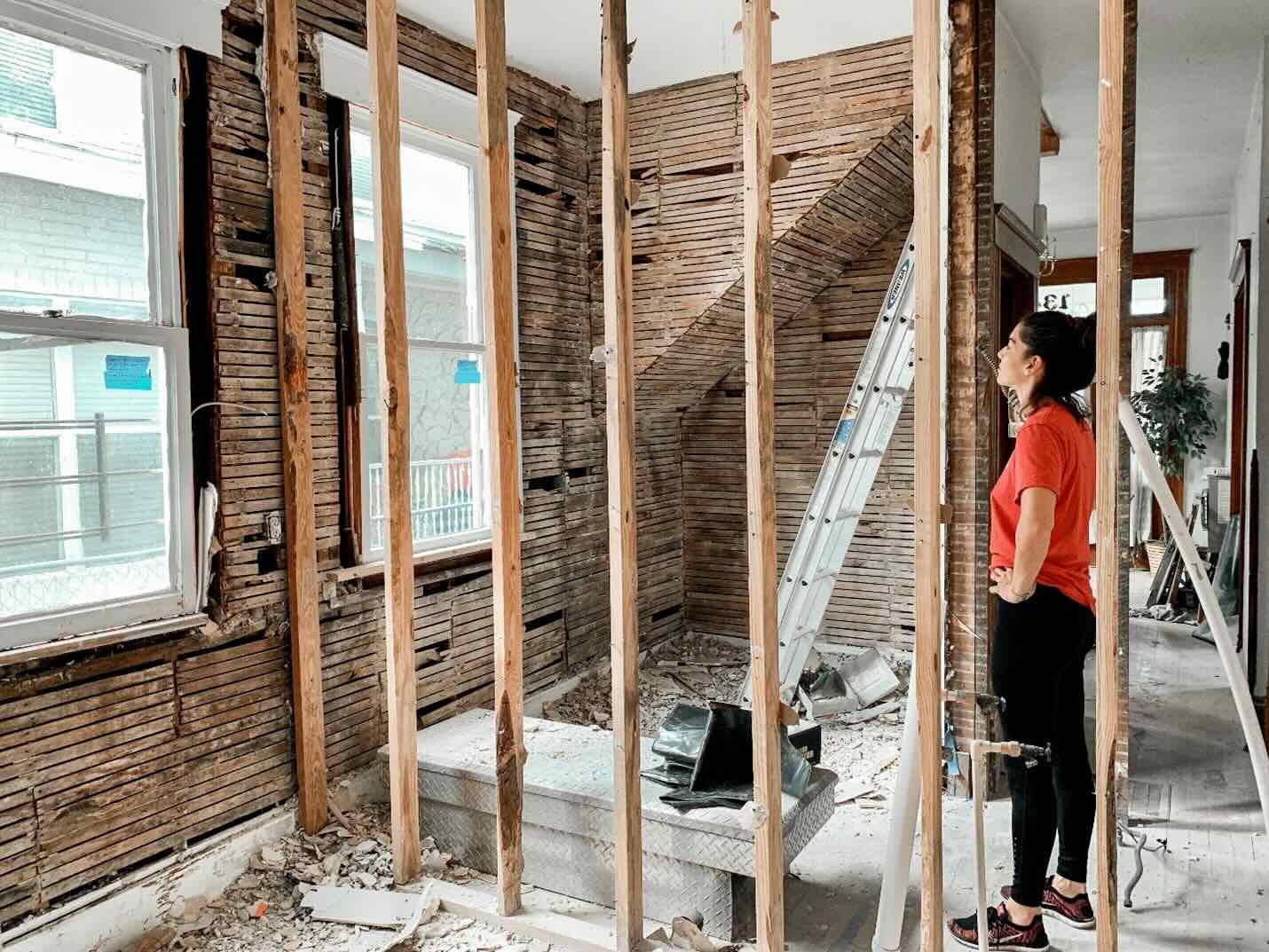

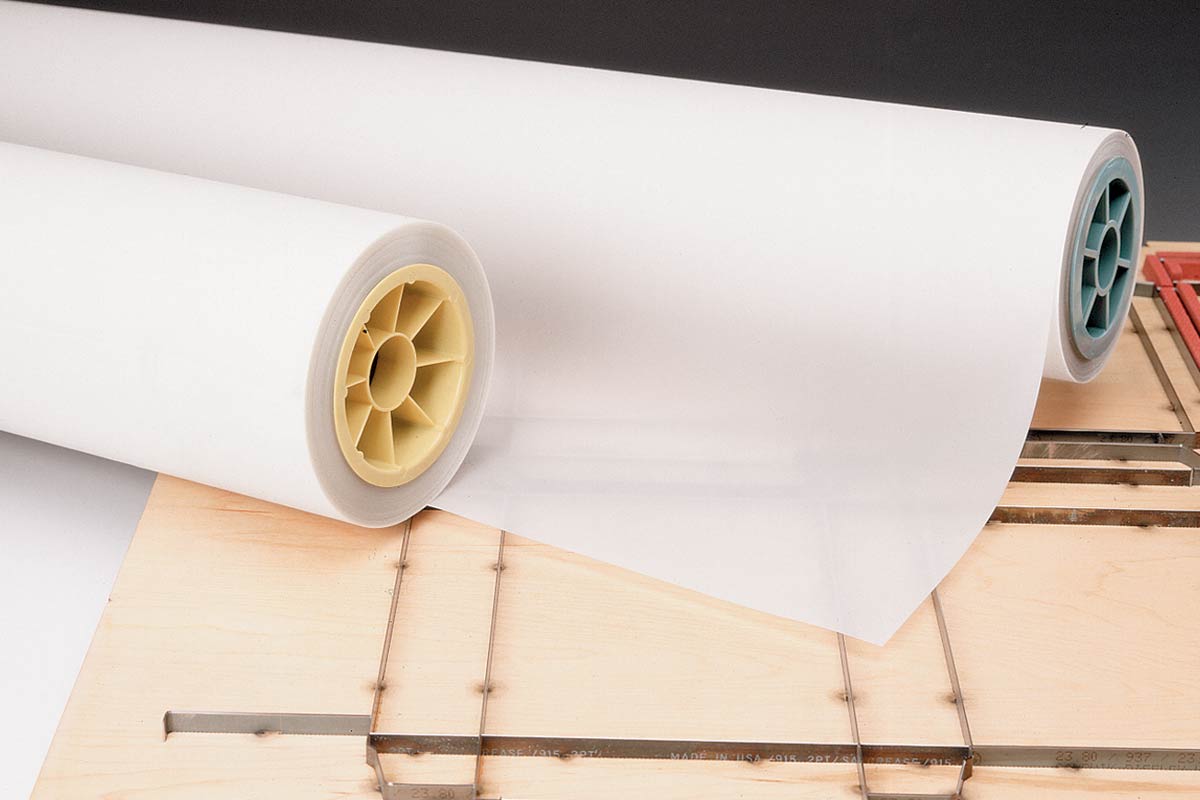
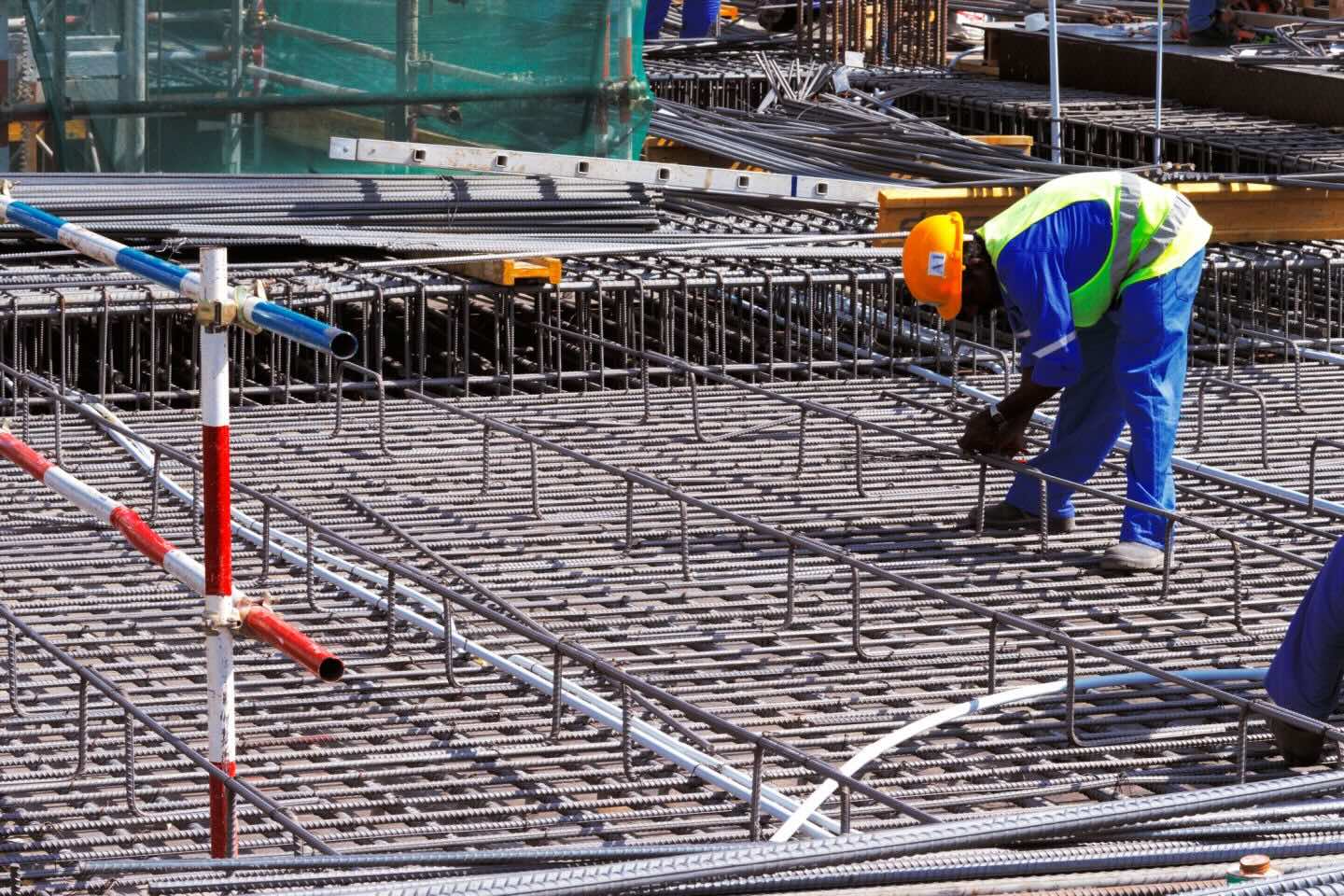
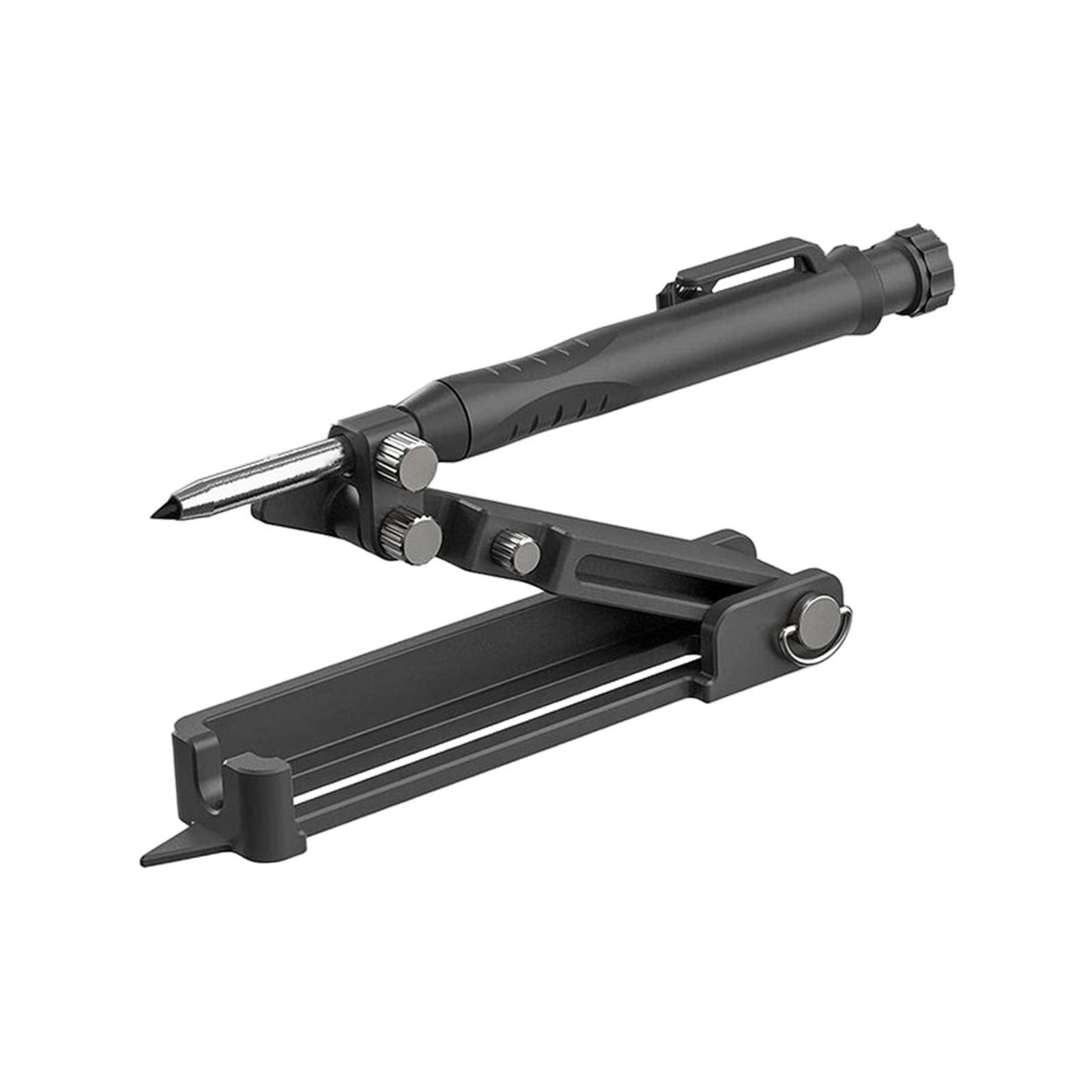
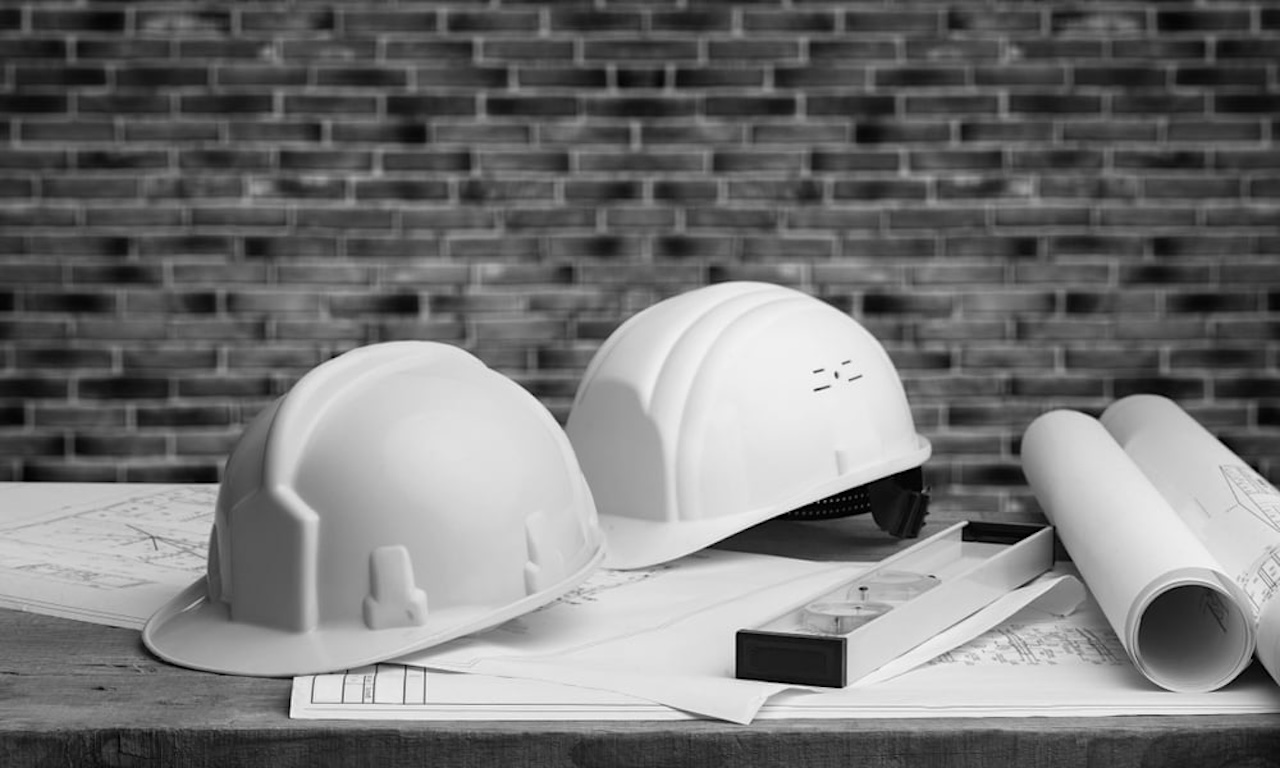
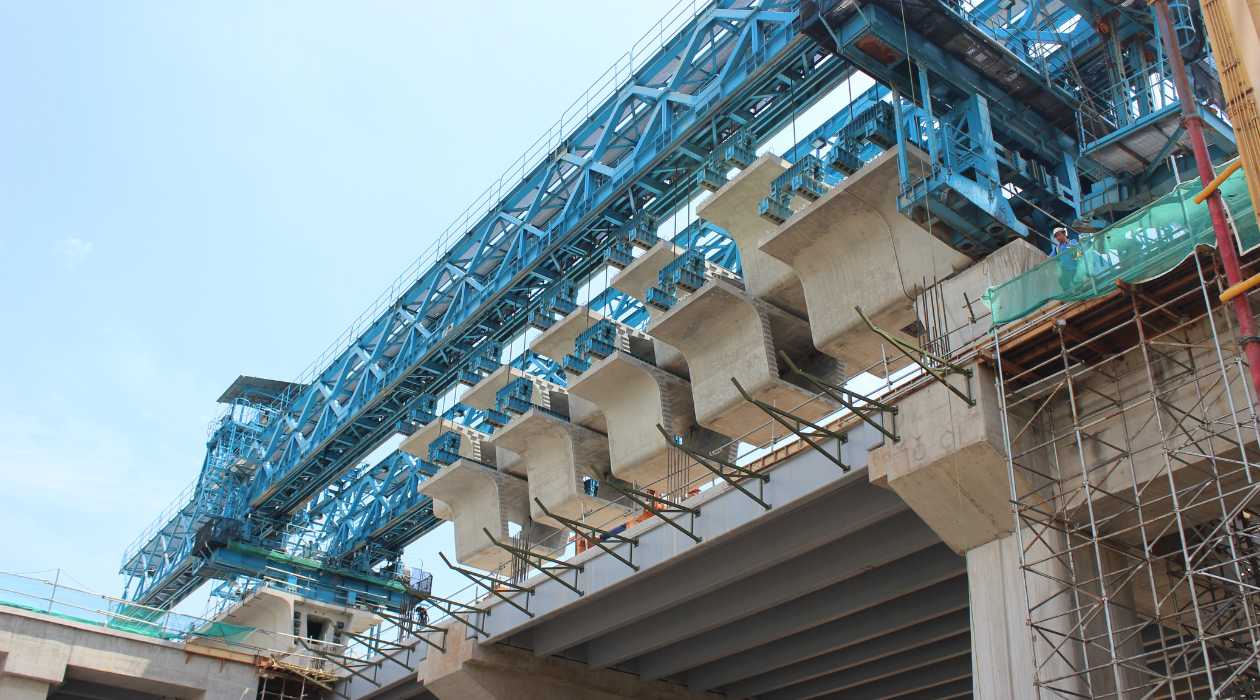
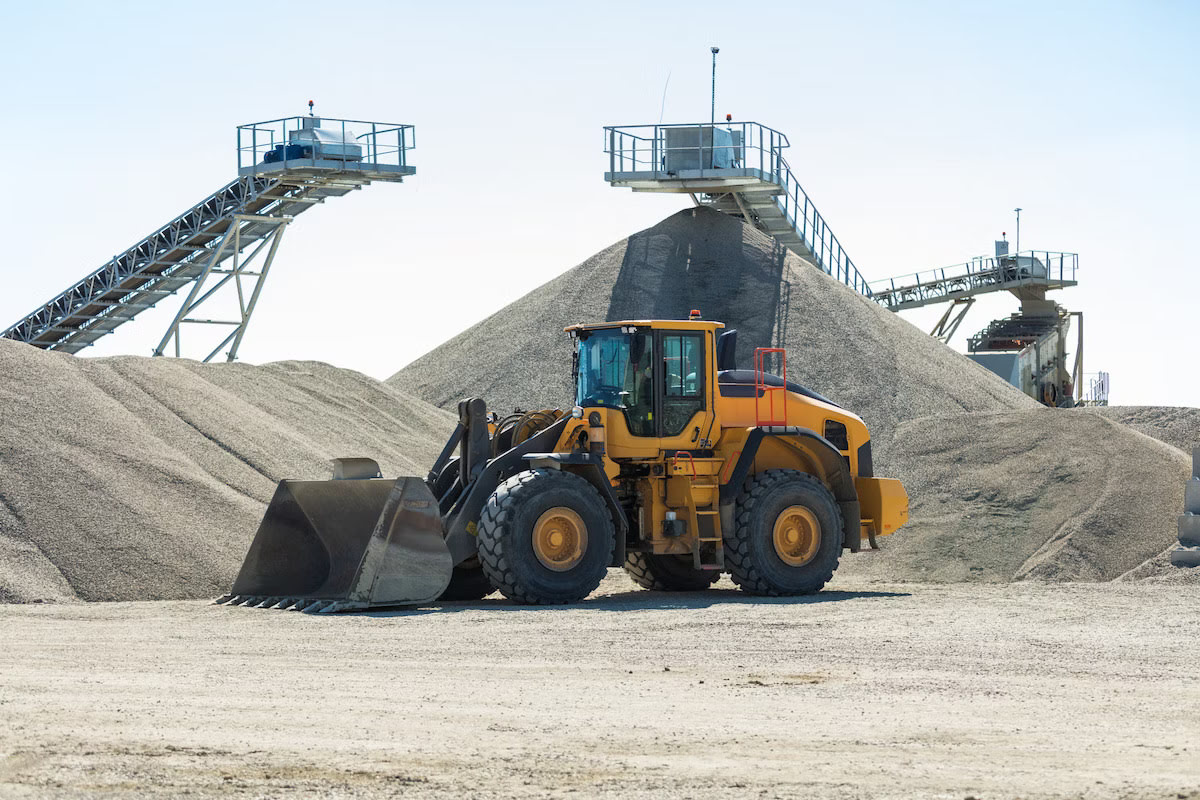

0 thoughts on “What Are Construction Tools”